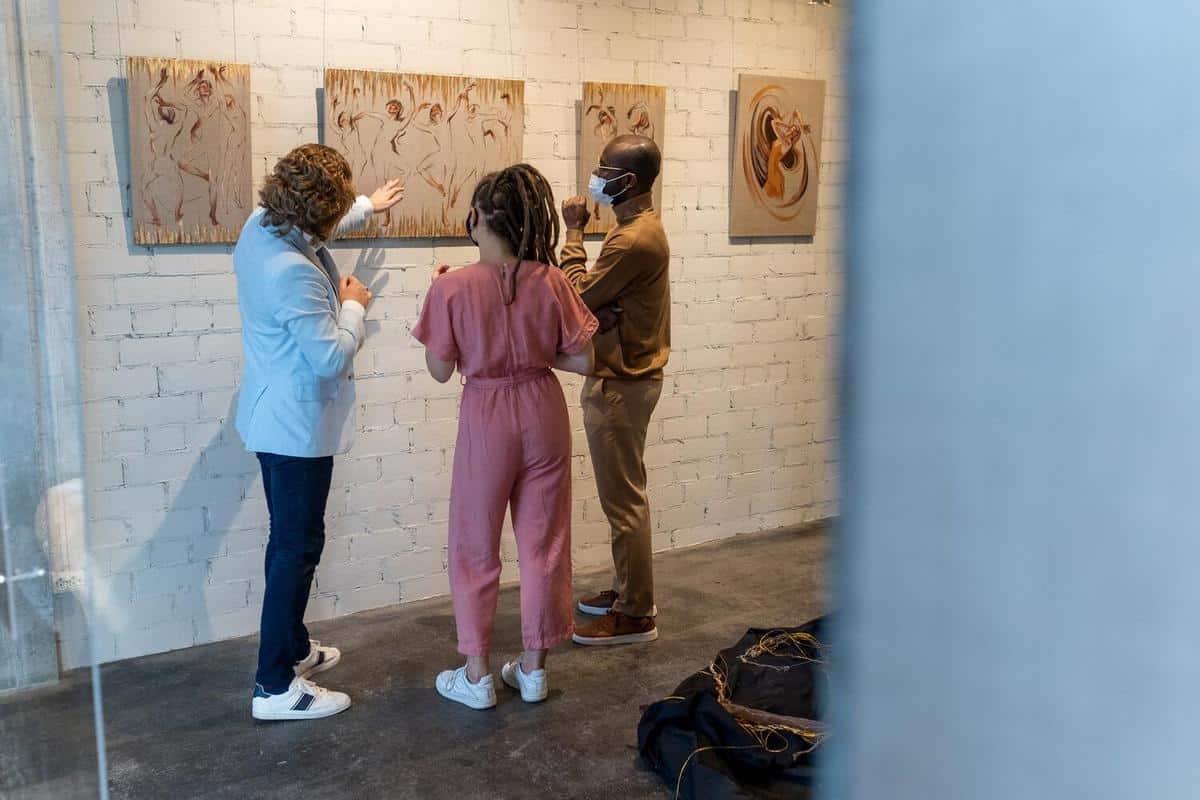
How Virtual Exhibitions Are Redefining Global Access to Art
Virtual exhibitions are transforming the way art enthusiasts and newcomers alike experience and access art from around the globe. By leveraging digital platforms, these exhibitions offer unprecedented opportunities for art appreciation that transcend geographical boundaries, offering a fresh perspective on global art accessibility.
The Rise of Virtual Exhibitions
The digital revolution has paved the way for virtual exhibitions to become a prominent feature in the art world. As physical restrictions limit access for many, online platforms have emerged as vital tools for museums and galleries to showcase their collections to a global audience. According to a report by Art Basel and UBS, in 2020, nearly 70% of art fairs had gone digital, indicating a significant shift towards embracing virtual spaces.
Expert Insights
“Virtual exhibitions democratize art access, making it available to anyone with an internet connection,” says Michael Smith, an art curator with over 15 years of experience. “They allow for a diverse audience to engage with art in ways that were previously unimaginable.”
The Advantages of Virtual Art Exhibitions
- Accessibility: Virtual exhibitions remove physical and financial barriers, enabling anyone, anywhere, to explore art collections.
- Interactivity: Many platforms offer interactive features such as virtual tours, 3D models, and artist talks that enhance the viewer’s engagement.
- Educational Opportunities: Online exhibitions often include educational resources, providing context and deeper understanding of the artworks.
Statistics Highlighting the Impact
| Aspect | Before Virtual Exhibitions | After Virtual Exhibitions |
|---|---|---|
| Global Audience Reach | Limited | Expanded to 100+ countries |
| Visitor Engagement | Average 1-2 hours | Increased to 3-5 hours |
| Art Sales | Primarily local | Increased international sales |
| Educational Resources | Basic | Enhanced with multimedia |
| Cost of Access | High travel costs | Minimal, often free |
| Environmental Impact | High carbon footprint | Significantly reduced |
| Artist Exposure | Limited to local | Global visibility |
| Frequency of Visits | Infrequent | Increased return visits |
Anecdotal Evidence
Consider the story of Emily, an art student who lives in a small town with limited access to galleries. Virtual exhibitions have allowed her to explore works by renowned artists, enriching her studies and inspiring her own creations. This story is echoed by countless others who have found new appreciation and inspiration through digital platforms.
To make the most of virtual exhibitions, schedule dedicated time for exploration and utilize interactive features to deepen your understanding.
Pro Tips for Engaging with Virtual Exhibitions
- Use a large screen for a more immersive experience.
- Take notes and jot down questions to explore further.
- Join online discussions or forums to share insights and perspectives.
FAQs
How do virtual exhibitions differ from traditional ones?
Virtual exhibitions offer digital access to artworks, often with interactive features that are not possible in physical spaces.
Are virtual exhibitions free?
Many are free, though some might charge a nominal fee for special content or guided tours.
Conclusion
Virtual exhibitions are reshaping the art world by breaking down traditional barriers and making art accessible to a global audience. As technology continues to evolve, so too will the ways in which we engage with art. Embrace this digital shift and explore the vast array of art waiting at your fingertips. Whether you’re a seasoned art lover or a curious newcomer, virtual exhibitions offer a dynamic and enriching experience worth exploring.